Last updated on September 22, 2023
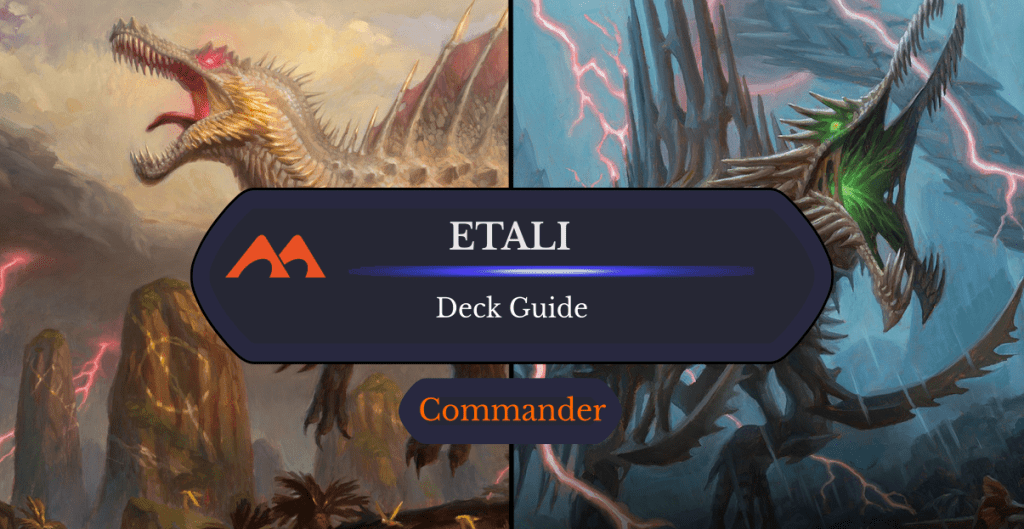
Etali, Primal Conqueror and Etali, Primal Sickness | Illustrations by Ryan Pancoast
Commander has changed a lot over the years. Commander-focused products have led to a sleeker format, especially as many archetypes get commanders meant for them instead of trying to make do with a clunker that gives the deck builder access to their colors and not much else.
That doesn’t mean you can’t still play Commander as a format defined by ramping into bombastic creatures that dominate the board with their sheer presence. What creatures embody this better than the mighty dinosaur?
Today’s Commander deck tech uses Etali, Primal Conqueror to unleash the power of a long-forgotten past on the table and remind them that once upon a time, Commander was about slamming big beasts on the table.
The Deck

Fabled Passage | Illustration by Howard Lyon
Commander (1)
Creatures (28)
Goblin Anarchomancer
Faldorn, Dread Wolf Herald
Woodfall Primus
Dualcaster Mage
Etali, Primal Storm
Orcish Lumberjack
Llanowar Elves
Kogla and Yidaro
Manglehorn
Jaxis, the Troublemaker
Goreclaw, Terror of Qal Sisma
Kogla, the Titan Ape
Mirage Phalanx
Sakura-Tribe Elder
Somberwald Sage
Prowling Serpopard
Destiny Spinner
Eternal Witness
Delina, Wild Mage
Gwenna, Eyes of Gaea
Avenger of Zendikar
Vexing Shusher
Birds of Paradise
Magus of the Moon
Hellkite Courser
Druid of Purification
Craterhoof Behemoth
Terror of the Peaks
Instants (11)
Wild Magic Surge
Nature's Claim
Chaos Warp
Tyvar's Stand
Tamiyo's Safekeeping
Beast Within
Pyroblast
Veil of Summer
Valakut Awakening
Worldly Tutor
Heroic Intervention
Sorceries (13)
Cultivate
Nature's Lore
Kodama's Reach
Farseek
Twinflame
Brotherhood's End
Heat Shimmer
Skyshroud Claim
Bala Ged Recovery
Three Visits
Shatterskull Smashing
Green Sun's Zenith
Finale of Devastation
Enchantments (5)
Wild Growth
Elemental Bond
Rhythm of the Wild
Blood Moon
Passionate Archaeologist
Artifacts (8)
Arcane Signet
Voyager Staff
Sol Ring
Cursed Mirror
Blade of Selves
Panharmonicon
Conjurer's Closet
Lightning Greaves
Lands (34)
Cinder Glade
Command Tower
Kessig Wolf Run
Rogue's Passage
Rockfall Vale
Karplusan Forest
Copperline Gorge
Rootbound Crag
Dryad Arbor
Cragcrown Pathway
Fabled Passage
Spire Garden
Grove of the Burnwillows
Command Beacon
Mountain x4
Fire-Lit Thicket
Yavimaya, Cradle of Growth
Stomping Ground
Prismatic Vista
Forest x9
Boseiju, Who Endures
Wooded Foothills
Cavern of Souls
You’re playing some big Gruul () monsters, and this deck reflects that. It has a big curve and lots of ramp to help get to that top end. You want to dump giant monsters onto the battlefield to overwhelm your opponents beneath your primal might.
The mana acceleration is a vital part of the deck, but there are a few other ideas here; you aren’t jamming random monsters. Because of Etali, Primal Conqueror’s ETB ability, you'll want to maximize the value you get from that and other ETBs.
While Gruul isn’t the typical color pair for a flicker deck, this list does its best to emulate that. Most of the top-end threats have powerful ETB abilities, so all the little tricks you have to maximize the value you get from Etali help those cards shine.
The Commander
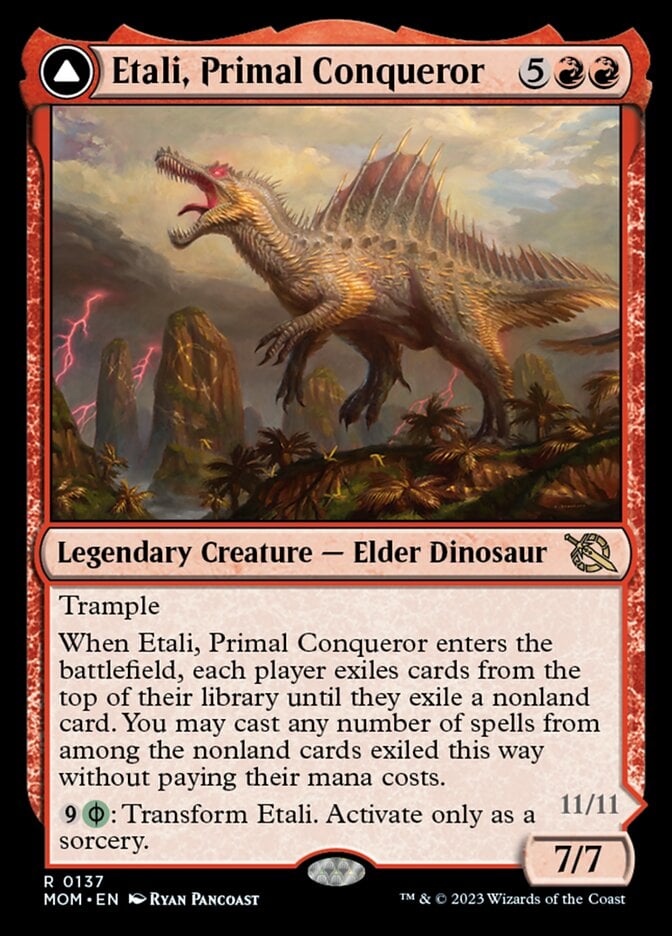
Etali, Primal Conqueror is this deck’s crowning jewel. It’s a monstrous commander that offers unbelievable value just for resolving. How do you effectively remove a 5-for-1? You don’t.
You really want to maximize this ETB ability. This deck has lots of cards to get multiple triggers off Etali once you resolve it, either by making copies or doubling up the triggers, and even a little dash of flicker.
The cast-from-exile clause is hardly irrelevant either. Cast from exile is an archetype that’s seen lots of support in the past few years, especially in red. This deck only dabbles with those ideas, but it’s all in service to get as much value from your commander as possible.

Then there’s Etali, Primal Sickness. Who doesn’t love a Blightsteel Colossus in the command zone? If your opponents survive the deluge of free spells from Etali, this transformation ends the game in short order.
It’s not the main gameplan and you don’t have any infect support, but how much help does a card like this need? It’s at its best at the end of the game when it’s down to you and one opponent.
Enters the Battlefield Enablers
ETBs need payoffs. True “flicker” effects (exiling a creature and returning it to play) are in white and blue, so you needed other means to get ETB abilities.
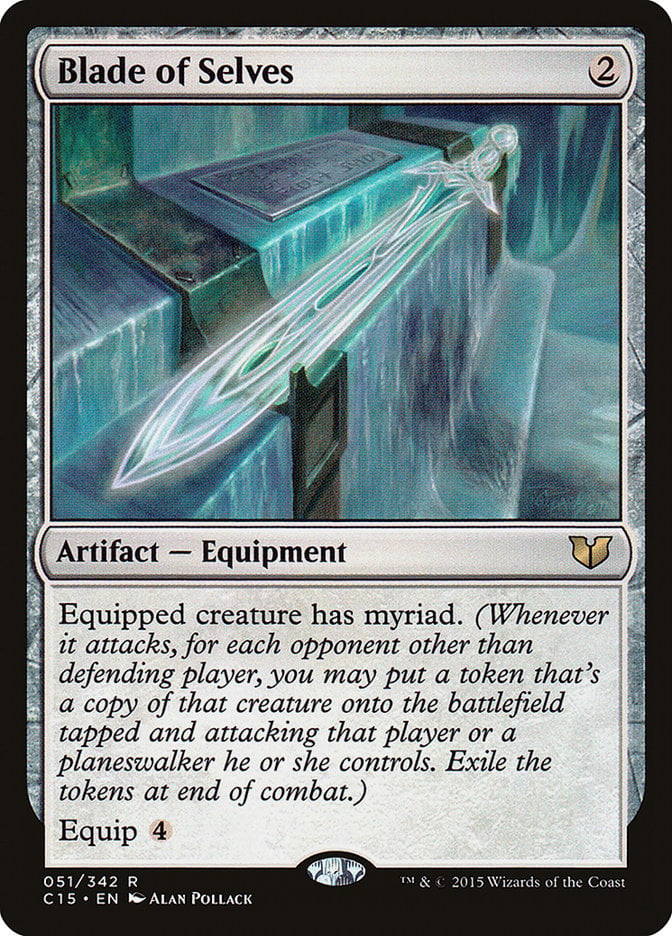
Blade of Selves introduced us to the myriad mechanic in Commander 2015, and it’s fantastic here. You slap this bad boy on Etali and get eight extra spells every time you attack or double up on the ETBs of some of your other creatures.
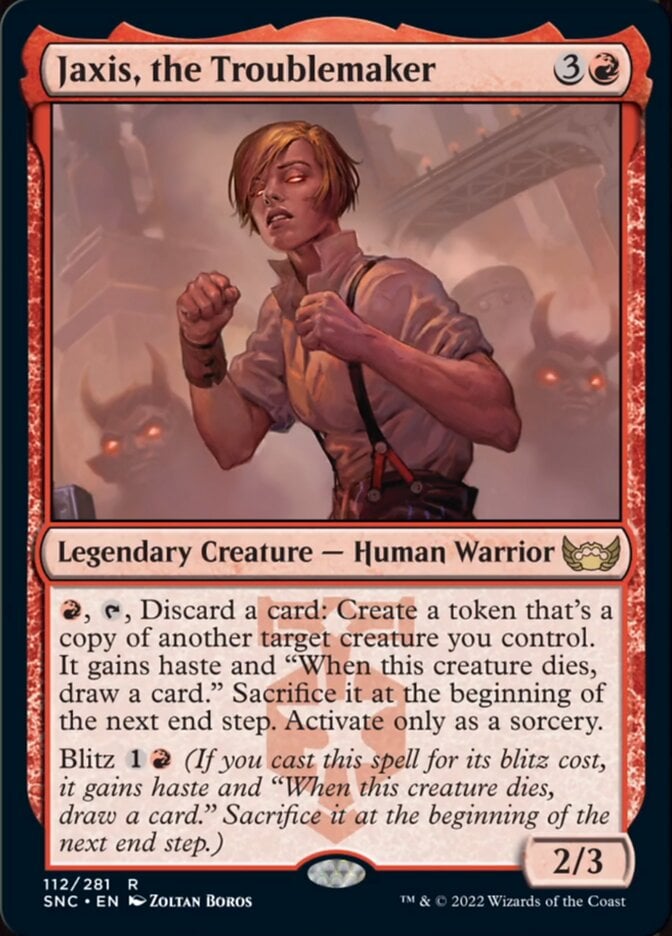
Jaxis, the Troublemaker is one of my favorite cards from Streets of New Capenna, and it shines here. Its tokens usually won’t survive thanks to the legend rule, but they’ll immediately replace themselves. Jaxis is fantastic in the late game because it turns excess mana sources into pressure.
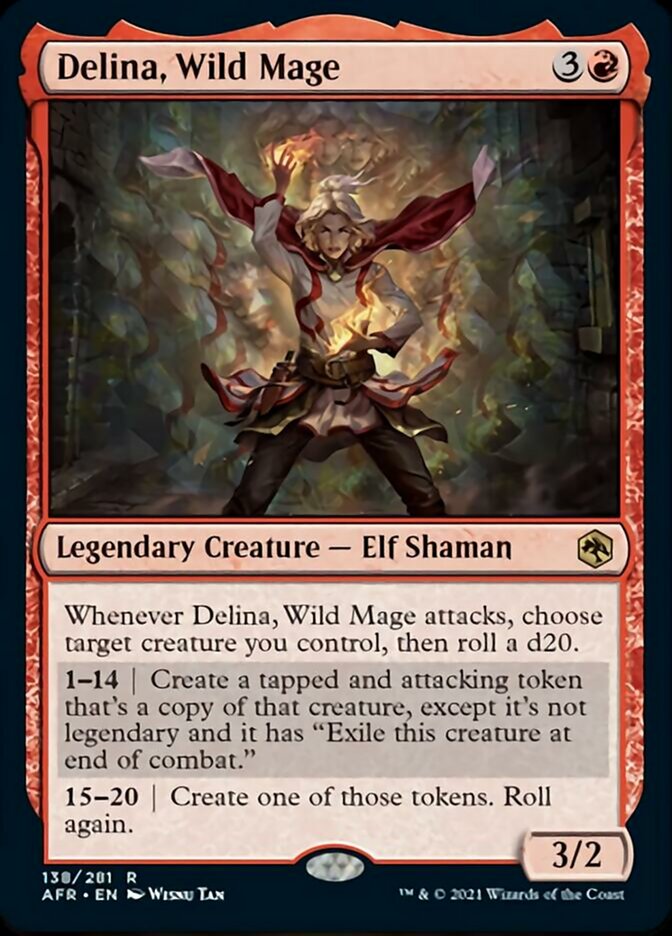
Delina, Wild Mage makes tokens in a vein similar to Jaxis but needs to attack first. It’s a little more vulnerable and doesn’t help with attack triggers, but it's still valuable. Especially if you ever get multiple tokens.
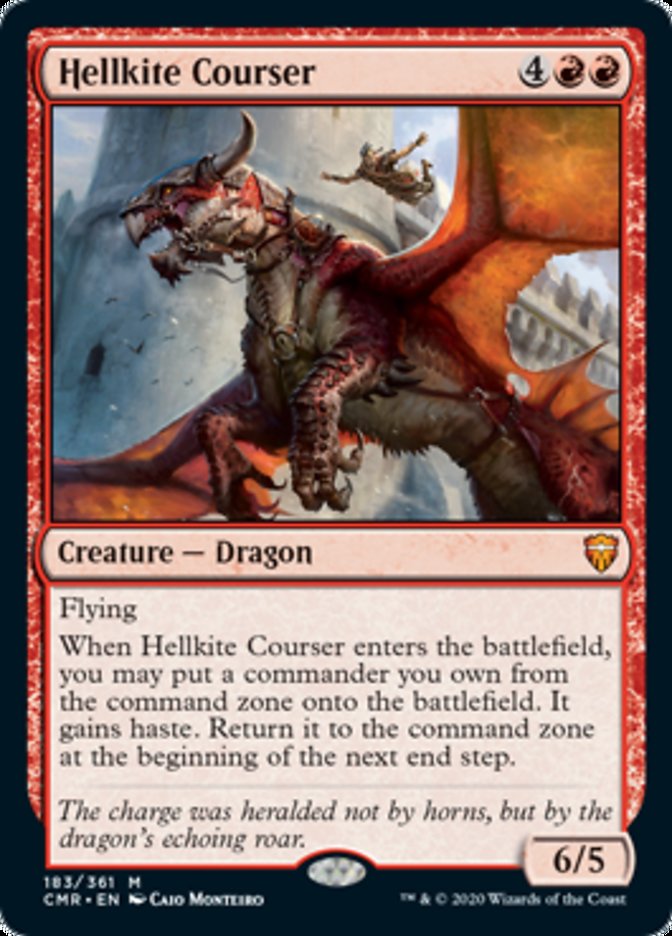
Hellkite Courser only helps with Etali. This The Ur-Dragon staple pulls its weight by letting you “play” Etali a turn early, then again the following turn since it doesn’t increase the commander tax. It works very well later in the game if Etali dies a few times and costs a billion mana.
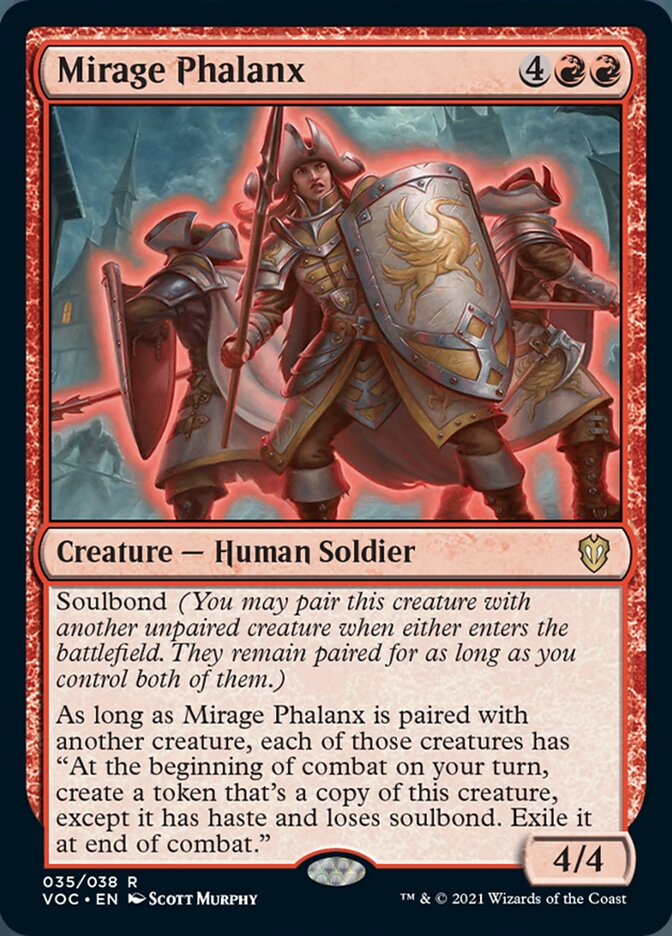
Mirage Phalanx is another steady source of token copies for the deck. Etali is the ideal pairing, though there’s a lot this card can do. For example, pairing this with Hellkite Courser gives you endless Etali triggers without risking your commander.
Twinflame and Heat Shimmer give you a couple of ways to generate one-off token copies of your cards. They’re also combo enablers in the deck.
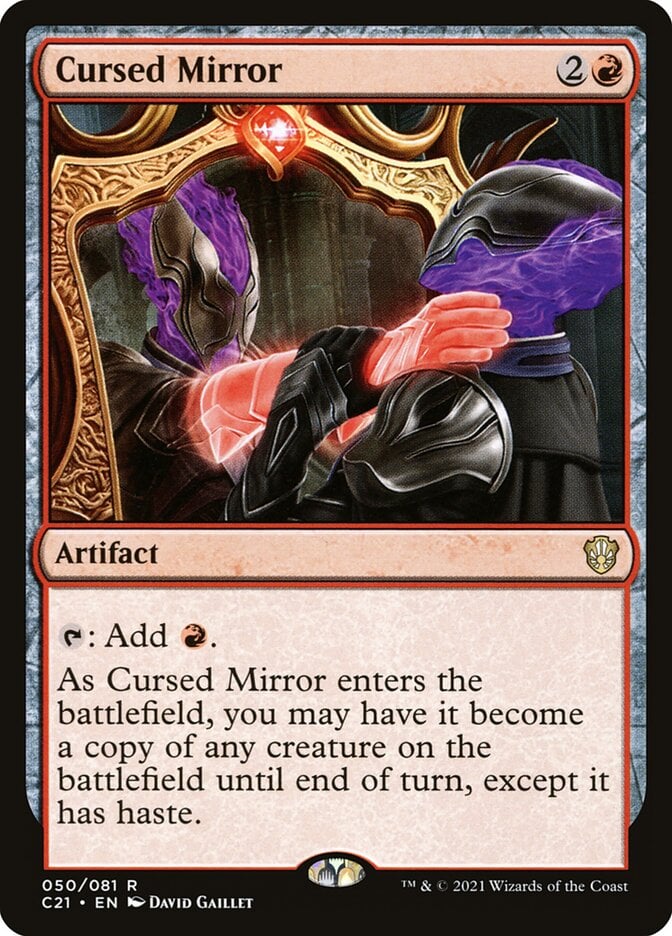
Cursed Mirror gives you a temporary, hasty copy of whatever you want. The haste may not matter if the copied creature is legendary, but the extra ETB goes a long way.
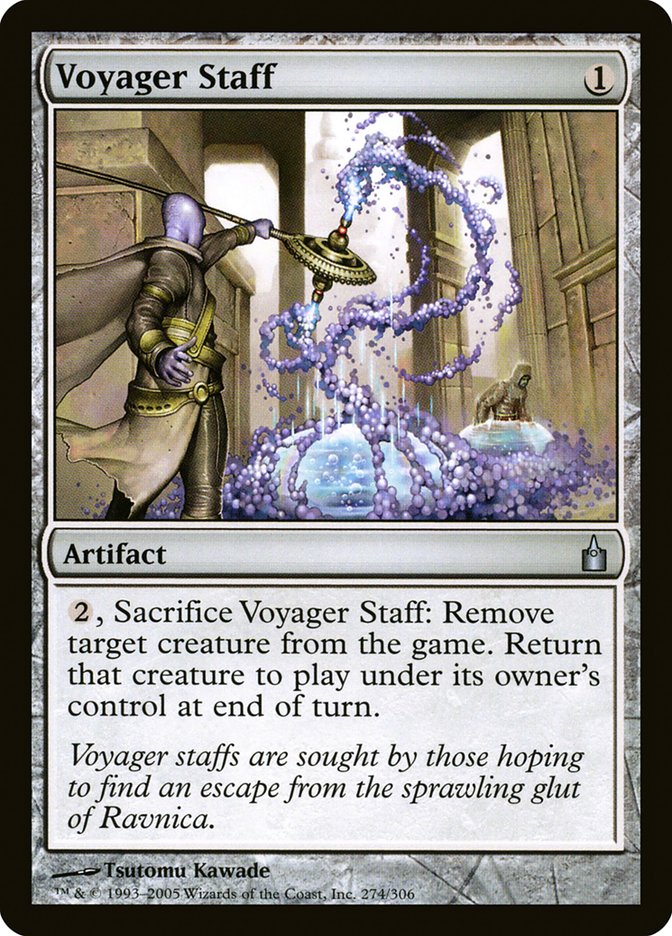
Voyager Staff is a funny little artifact that gives your deck one of its few flicker effects. It’s a cheap way to get a trigger that you can recur later. It’s also useful in the face of a wrath since the creature comes back with a delayed trigger.
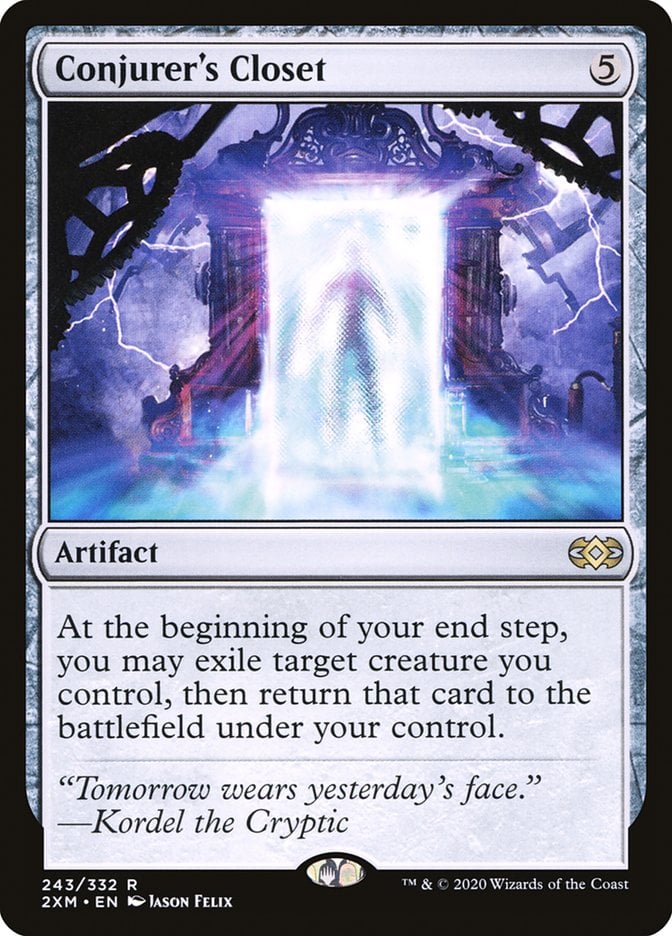
Conjurer's Closet has the best flicker effect in the deck. It costs a bit of mana upfront, then generates tons of free value. It demands an answer as much as any of your threats.
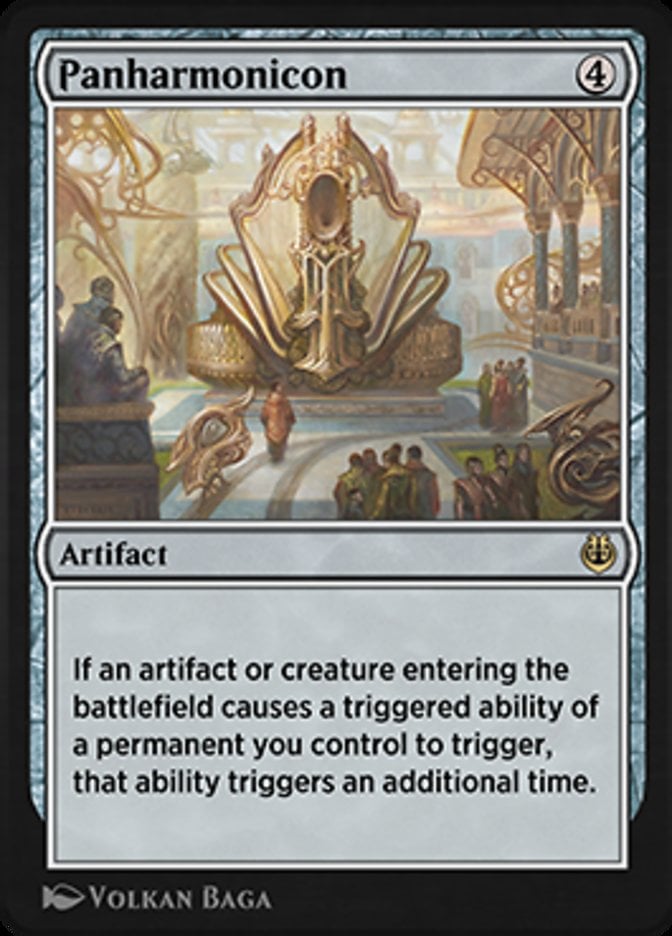
Of course, you can’t say “ETB enablers” without counting Panharmonicon. One of the most iconic cards from Kaladesh, the instrument has become a Commander staple by doubling all your ETB abilities, regardless of color.
Here There Be Monsters
Ramp decks don’t go anywhere without cards to ramp into. You’ve got a slate of monstrous creatures that focus on ETBs, so they make as much use of the effects above as your commander.

Etali, Primal Storm is an exception to the ETB theme of your monsters. It’s mostly in here for flavor and it's one of my favorite creatures. It doesn’t offer nearly as much value as the commander because this iteration of Etali needs to attack, but it conquerors pods that don’t have an answer for it.

Terror of the Peaks works incredibly well with all your ways to copy or flicker your massive creatures. It holds a Blade of Selves well and gives you a path to victory through something like an Ensnaring Bridge or Sphere of Safety you can’t quite crack.
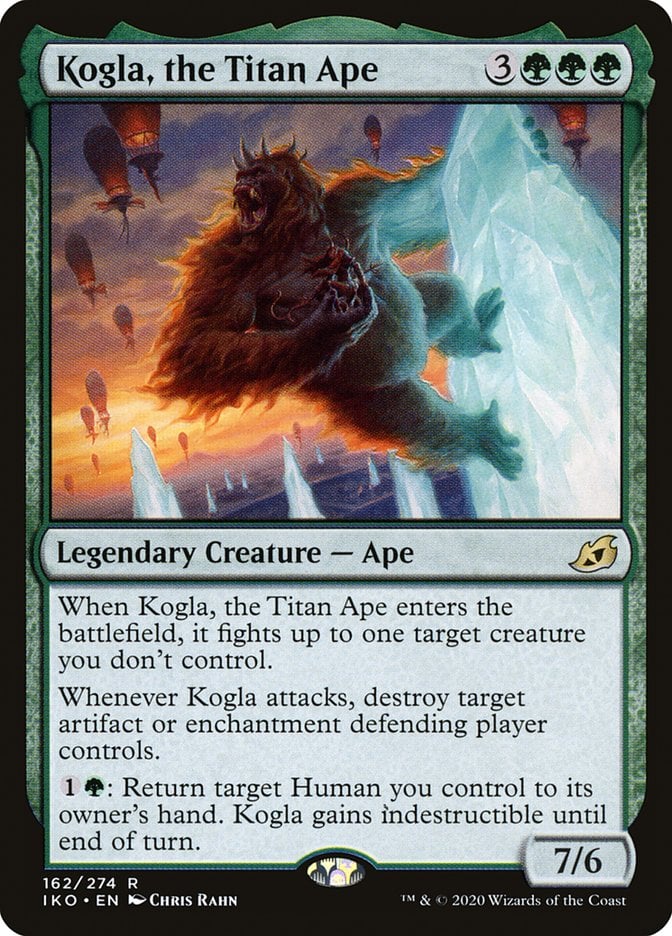
Kogla, the Titan Ape is a card that’s quickly become a personal staple in green Commander decks. It’s a massive two-for-one that always kills something and provides additional pressure and value by blowing up enchantments and artifacts. It’s even got built-in protection that synergizes awfully well with Eternal Witness.

Avenger of Zendikar is a Commander classic that wreaks havoc with its Plant army. Most of your ramp is land-based, so this Elemental makes plenty of tokens and can make them large.
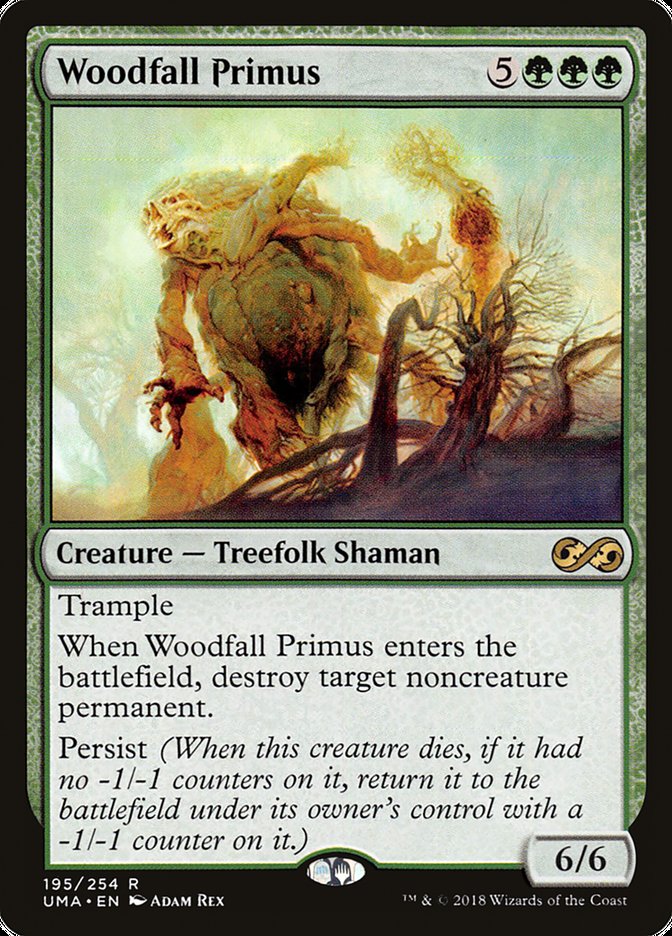
While Kogla takes out creatures, Woodfall Primus takes out anything else. It’s a great flicker target, and you can win games by powering this out early and decimating mana bases. It also picks off planeswalkers that Gruul struggles to answer outside of combat.
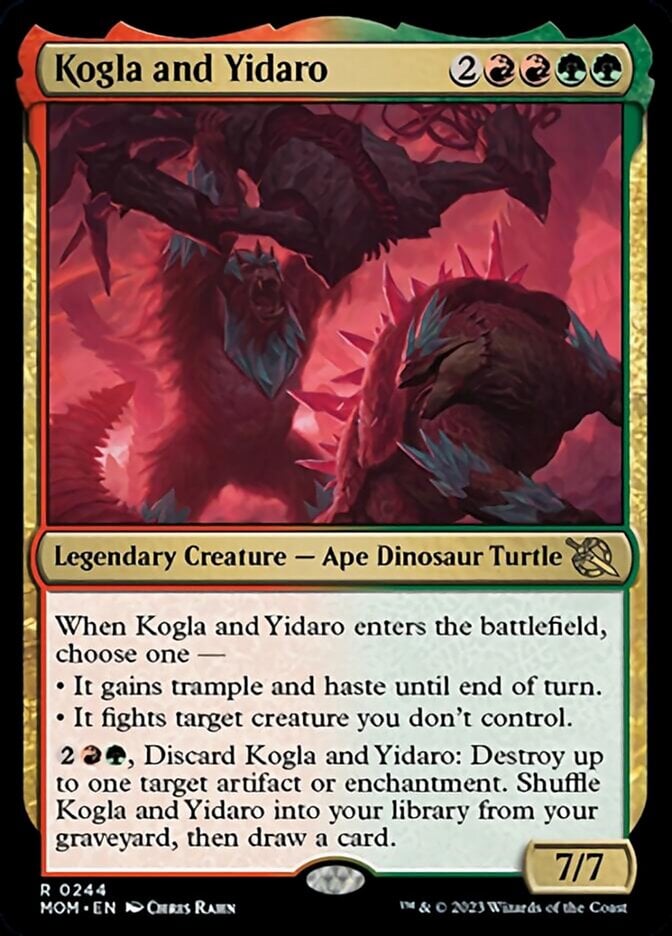
Kogla and Yidaro brings back the Ape with a hasty friend! It does a bit of everything by killing creatures or punching hard on ETB. If you’re floundering a little on lands or need to deal with an annoying permanent, you also get to cycle them and draw the team up later!
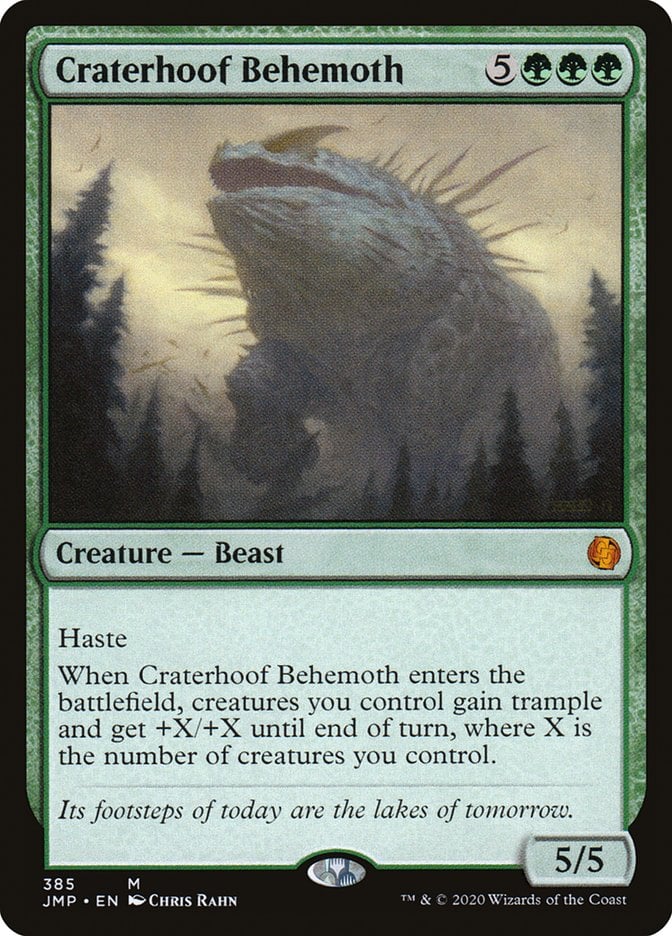
What else to cap off the big creatures than Craterhoof Behemoth? Nothing captures the idea of massive monsters hitting hard better, and it closes out a game like nothing else. Etali helps your board get super wide since you’ll get a bunch of creatures, but Craterhoof and Avenger is a classic combo that doesn’t need any other help to win. And this card even has an ETB!
Interaction
The interaction in this list looks to do three things: deal with your opponents’ threats, slow the game down, and protect your pieces. You’re playing a 7-mana commander, so you need to bridge the gap between getting it down and everybody else playing a bunch of spells.
Some players say Magus of the Moon and Blood Moon aren’t interactive. To those players, I say play more basics. These won’t win the game outright, but they slow your opponents down. Fetch for Forests aggressively.
Brotherhood's End and Manglehorn are also here to slow the game by attacking your opponents’ mana. The former demolishes decks relying on Signets and Talismans for ramp, while the former messes up curves and stops players from making a using a million Treasures in the same turn.
The worst thing that can happen to an expensive commander is being hit by countermagic. You don’t want to trade your 7-mana commander for their 2-mana Counterspell, so you’ve got lots of tools to fight that.
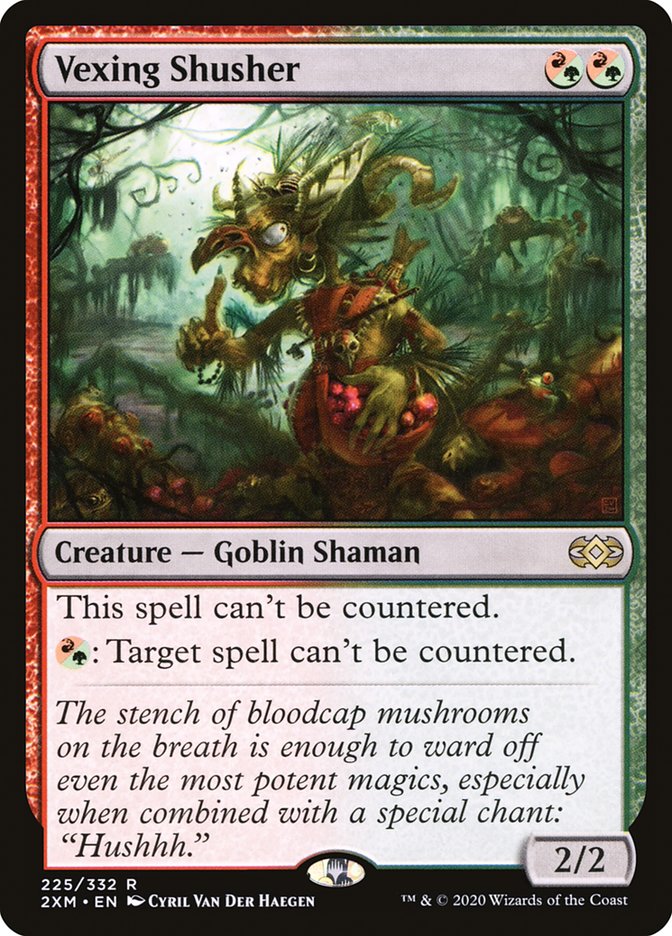
Vexing Shusher protects you for a bit of mana. The threat of activation alone prevents players from countering your spells. This deck generates enough mana that paying an extra one here and there is fine.
Destiny Spinner and Prowling Serpopard protect all your creatures from countermagic with their sheer presence. Rhythm of the Wild helps make your creatures bigger or faster while protecting them.

The counter protection is complete with Veil of Summer, one of the best protective spells ever printed.
You’ve also got spot protection once your threats have resolved. Tamiyo's Safekeeping saves anything from everything short of Farewell, Tyvar's Stand is protection that serves as a cheeky finisher, and Heroic Intervention keeps your entire board safe from most wraths.
You’ve still got more proactive removal. The Koglas fight creatures, but Wild Magic Surge and Chaos Warp handle those threats and more. Beast Within is a classic that gives your opponent a 3/3, but we laugh at 3/3s.
Shatterskull Smashing hides in your mana base to remove several threats at once while being a Mountain when necessary.
Nature's Claim is one of the best enchantment/artifact removal spells ever printed. Druid of Purification isn’t nearly as iconic, but it removes multiple threats. I also like the political aspect of this card, and it has ETBs to copy.
The Mana Base
The name of the game here is ramp. You’ve got a collection of expected green ramp spells, things like Cultivate and Skyshroud Claim, plus some mana elves, but also a few choices worth looking at in detail.

Orcish Lumberjack is kind of like a repeatable ritual. Sacrificing your lands can hurt, but this generates huge bursts of mana. It plays Etali on turn 4 alone, and a turn 3 Etali is easily achievable with any other ramp source.

Goblin Anarchomancer gives you a massive mana discount on virtually every spell in the deck. It’s strong with your 2-mana ramp. Jumping from this on turn 2 to casting Farseek and Three Visits turn 3 grants you a huge mana advantage.
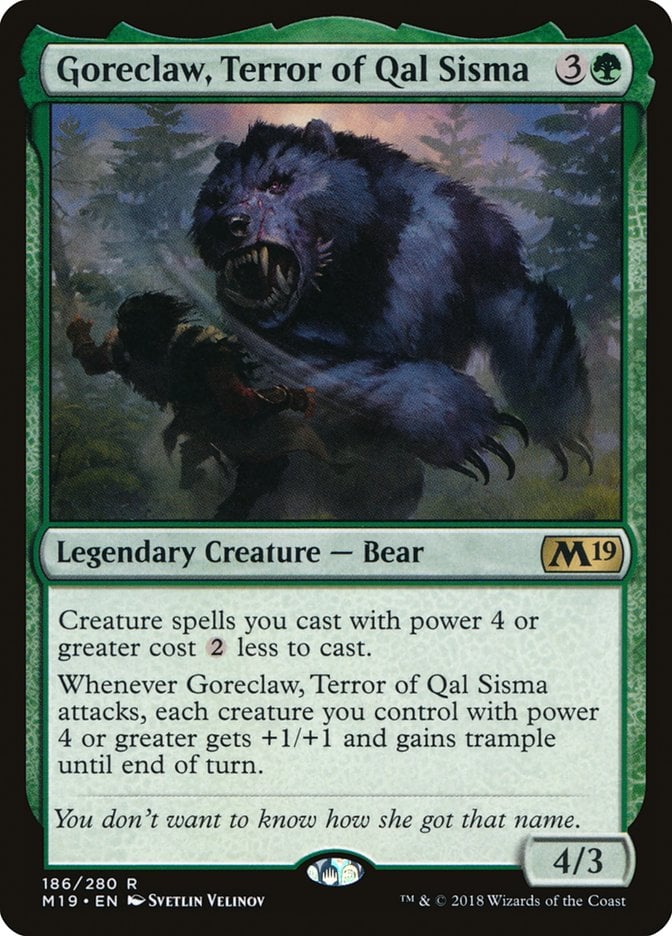
Goreclaw, Terror of Qal Sisma is fantastic cost reduction. This curves into Etali and adds lots of pressure to the board once you want to start winning the game. It enables some of your quicker, more explosive games.
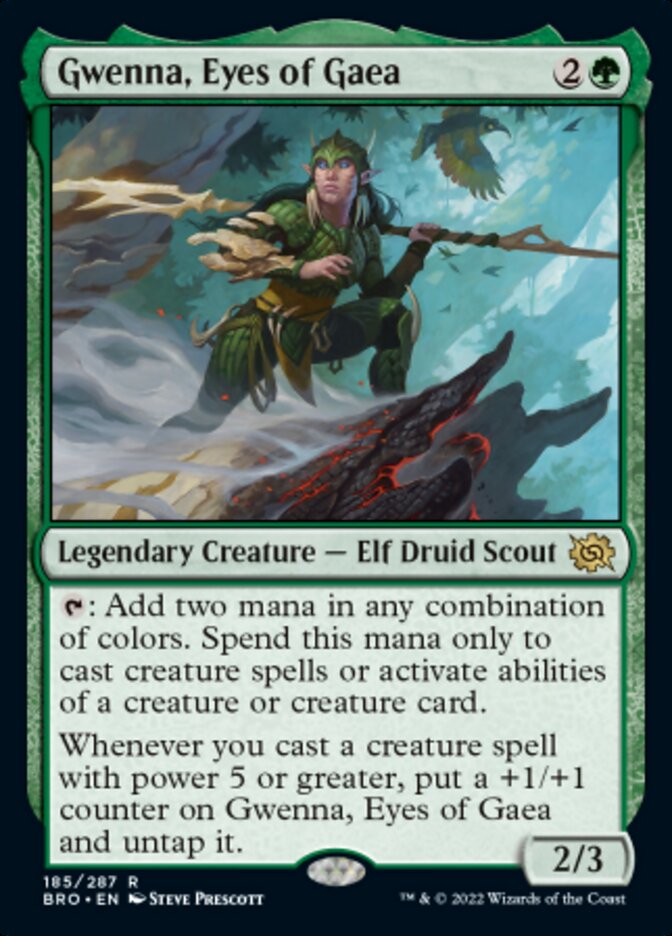
Gwenna, Eyes of Gaea feels generally underplayed as a ramp piece. Two mana is a huge amount, and it fixes your colors. Untapping it is tricky, but not impossible. This ramps early and hits hard late, making it a perfect card for this deck.
The Strategy
Look for an opening hand with some ramp to start. It’s one of the most important things in this deck. Playing Etali on turn 7 gives you lots of value but can be too slow if you don’t get anything else going.
You’ll often look to turbo out Etali as soon as possible. Since it casts four spells instantly, that gives you lots of pressure and your opponents lots of decisions. You really want them to kill the things you cast with Etali to let you use your other effects to get more Etali triggers.
Don’t be afraid to wait a turn or two on Etali so you have the mana to hold up a protective piece. It’s much better to play Etali with eight mana and a Vexing Shusher or Veil of Summer than cast it on turn 7, lose it, and need to cast it again for nine mana.
The interaction is tuned towards slowing your opponents down more than throwing out answers for everything they can do. You want to find the balance between turboing out Etali on turn 4 or 5 and taking a moment to play something like a Blood Moon or Manglehorn to impede your opponents.
Once you’ve slowed them down, you want to close out the game. Etali does a great job of this by playing so many spells. You can also use your tutors to hunt for other finishers, usually Craterhoof Behemoth or Terror of the Peaks.
While everything I’ve said above looks at playing fast, this deck can also slow down and grind out long games if needed. Etali, Primal Conqueror gives you a lot of inevitability. You’ll outvalue most opponents who aren’t going infinite, and you’ve got some tools to slow those strategies down.
This deck can function without its commander. Etali is your most valuable threat by far, but don’t get too caught up in casting it, especially once it costs more than ten mana. Sometimes it’s the best outlet for your mana – most of the time, even. Tunnel visioning on your commander leads to missed wins, which is a universal mistake across decks.
You’ll need to consider when you want to flip Etali. Avoid doing so into a bunch of open mana if it doesn’t give you lethal. Most pods won’t take kindly to a casual Blightsteel Colossus sitting around, so you need to be able to end the game with it.
Your board can be vulnerable when flipping Etali. You always want protection when you’re going for this; if you activate Etali for nine or ten mana and someone responds with a Swords to Plowshares, you’re in rough shape. When you have protection or nobody has mana up, and you’ve got lethal on a player, you can go for the kill.
Combos and Interactions
One interaction to understand is the legend rule. You’ve got lots of ways to make token copies of your commander, like Jaxis, the Troublemaker and Blade of Selves. None of them make nonlegendary copies of Etali.
When the tokens come into play, you’ll need to choose an Etali, Primal Conqueror to keep: either the token or the original. You’ll almost always choose the original unless you’re in a situation where you need a hasty Etali.
The legend rule is checked as a state-based action. You’ll need to choose which Etali you keep before any abilities or spells can be put on the stack, so you’ll never have both copies in play for more than a moment. But the copy of Etali will enter the battlefield; once the legend rule has resolved that ability goes on the stack, and you get to cast some spells.
There’s one infinite combo in the deck: Dualcaster Mage with Twinflame or Heat Shimmer. For this combo, you need six mana, at least three of which is red, and both cards in hand. Heat Shimmer and Twinflame are interchangeable for this combo.
Begin by casting Twinflame on any target. Holding priority, respond to your Twinflame with Dualcaster Mage.
When Dualcaster Mage enters the battlefield, you’ll have it make a copy of Twinflame targeting itself. This creates a hasty copy of Dualcaster Mage. This token copy also targets the original Twinflame with its ETB, making another copy targeting Dualcaster, and so on.
This is an infinite win because you generate infinite hasty Dualcaster Mages. But there’s some spice you can add by throwing a Panharmonicon into the mix alongside a few choice cards. Start with Etali, Primal Conqueror and Panharmonicon in play while meeting the previous combo requirements.
Start the Twinflame–Dualcaster Mage loop the exact same way, except this time you get two triggers of Dualcaster’s ETB ability. Both make copies of Twinflame, with one copy targeting Dualcaster and the other targeting Etali.
This loop lets you get infinite Etali ETBs. It lets you cast every spell left in everybody’s deck, which is cool and all, but more importantly, mills out every player since the cards Etali doesn’t cast stay in exile. You can pass the turn and win as your opponents deck themselves. This loop also works with any of your creatures that have impactful ETBs; Woodfall Primus destroys all noncreature permanents, Avenger of Zendikar makes infinite tokens, Terror of the Peaks deals infinite damage, etc.
Another loop you can do with Panharmonicon adds Chaos Warp. Start with Panharmonicon in play, the Twinflame, Dualcaster Mage, and Chaos Warp in hand, and a whopping eight mana.
Cast the Twinflame with a legal target. Holding priority, cast Chaos Warp. Still holding priority, cast Dualcaster Mage. You’ll get two ETB triggers thanks to Panharmonicon; one targets Twinflame to keep the loop going, and the other targets Warp to shuffle away all permanents your opponents control.
These loops might look like overkill since the infinite Dualcasters is game-winning, but they’re important to know because infinite hasty Dualcasters aren’t game-winning in every situation. These loops help you win around things like Ghostly Prison, Ensnaring Bridge, Worship, and all sorts of effects that prevent large numbers of attackers or combat damage from winning the game. It’s also way more satisfying to cast all your opponents’ spells than attack for infinite damage.
Rule 0 Violations Check
This deck has quite a few things going on that some playgroups might not like. Blood Moon and Magus of the Moon can be especially harsh ways to go after a player’s mana base. It’s not quite prison, but it locks some players out of the game entirely.
You’ve also got the infinite combo outlined above. That’s easy to deal with; all the pieces are perfectly functional in the decks separately, so you don’t need to combo off if it’s something your table doesn’t like.
Likewise, not everybody is cool with infect. You can simply never flip Etali in this situation. The deck is built around the front half anyway, so you don’t miss out on too much.
Budget Options
If you’re looking to trim the deck for budget reasons, start with the mana base. There are alternatives for color-fixing lands that cost more than ten dollars like Temples you can use. The Boseiju, Who Endures can be swapped for a Forest, and Cavern of Souls can become any color-fixing land.
Passionate Archaeologist does tons of damage in this deck but is also a relatively unimportant piece you could trade for something like Wild-Magic Sorcerer to get cast from exile value.
Lightning Greaves always has a budget-friendly alternative in Swiftfoot Boots that’s not much worse.
Craterhoof Behemoth is your premiere finisher with a premier price tag. Pathbreaker Ibex is an option that your tutors still hit, while End-Raze Forerunners keeps the ETB synergies going. In all honesty, plenty of Overrun effects do the job, so pick your favorite.
Terror of the Peaks is hard to substitute, but Warstorm Surge does the job in a pinch.
Heroic Intervention gives board-wide protection against wraths and targeted removal, but Wrap in Vigor gets at least half the job done for way less than half the price.
Finale of Devastation gives you a lot of consistency and a finisher in one package. Chord of Calling makes for a pretty good substitute that still finishes things by finding Craterhoof or whatever you’re subbing for it.
Other Builds
One route you could take this commander is to lean harder into Voltron. Etali, Primal Sickness is expensive for a Voltron commander, but it’s very effective at ending the game. Especially if you surround it with other infect cards like Glistener Elf and Venerated Rotpriest.
It could also be an interesting Ponza commander. Red has way more land destruction to offer, like Ruination, Impending Doom, and Wildfire. A few choice cards like Crucible of Worlds and Splendid Reclamation can break the symmetry of these effects, doubling down hard on this deck’s idea of slowing your opponents down and finishing them with Etali.
Commanding Conclusion

Command Tower | Illustration by Games Workshop
Commander is a format with lots of variety and deeply intricate gameplay. Some games are decided by sequencing a few choice spells on an early turn, especially in a pod where everybody is playing complex decks. That kind of EDH is a ton of fun and something I deeply enjoy.
Sometimes I also deeply enjoy slamming my Elder Dinosaur onto the table again and again, embracing a more classic ideal of Commander that’s about playing big spells often and early. Either way, you’re in for a great time!
Have you built any commanders from March of the Machine? What alternate build path would you give Etali? Let me know in the comments or on the Draftsim Discord.
Stay safe and stay stompy!
Follow Draftsim for awesome articles and set updates:


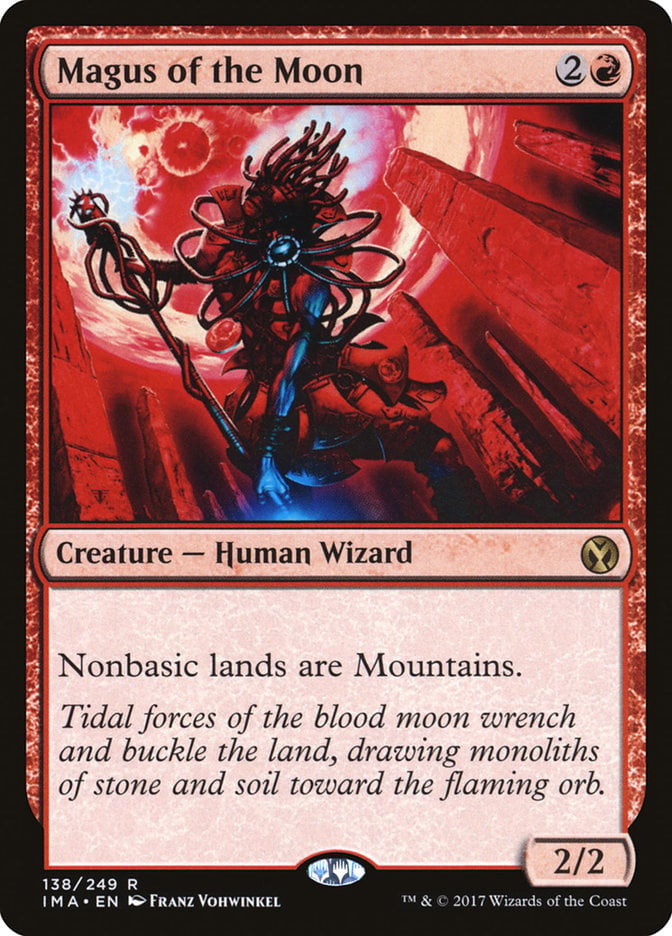
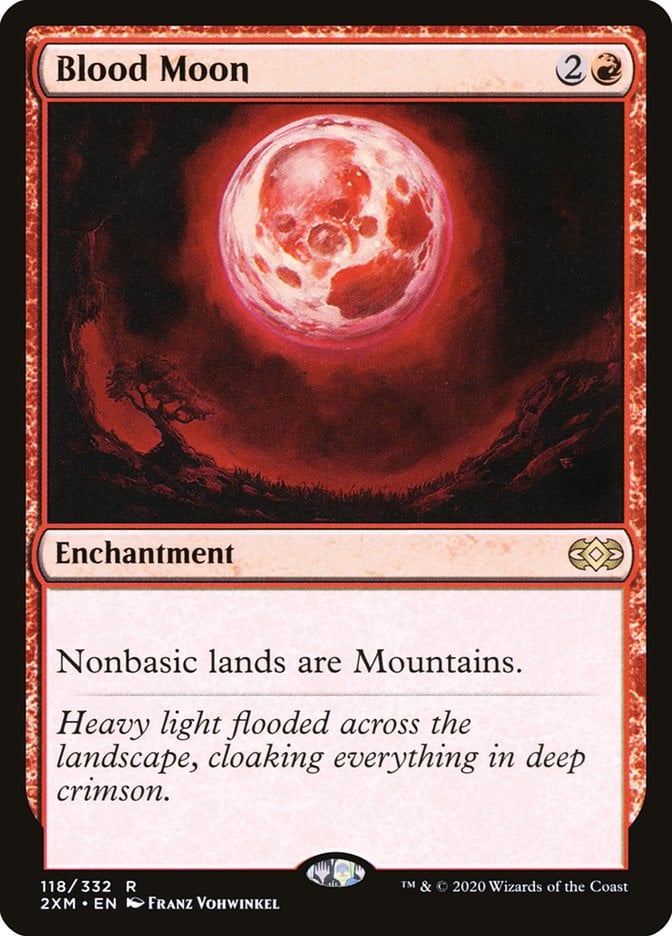
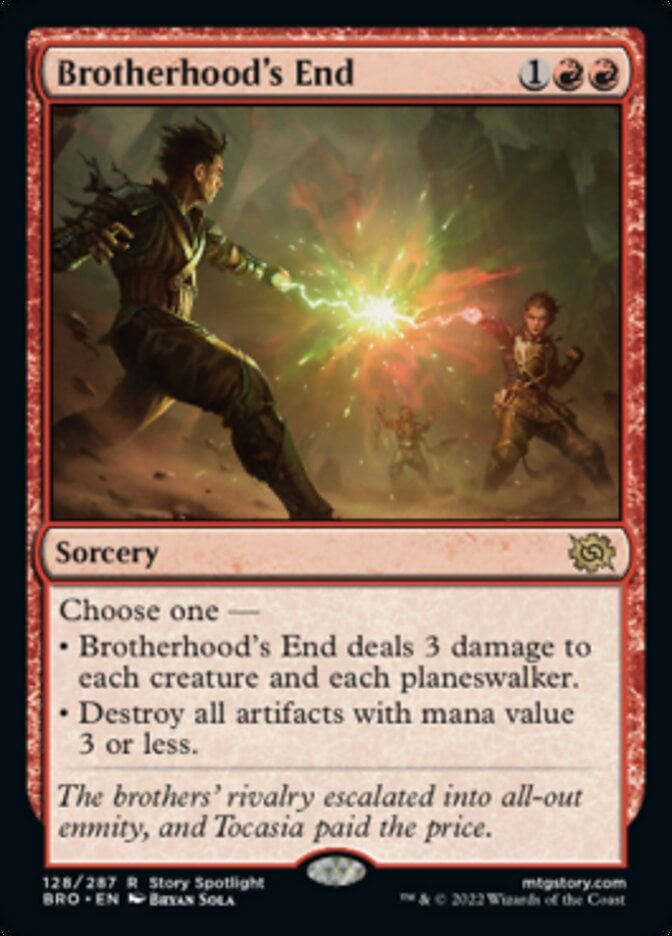
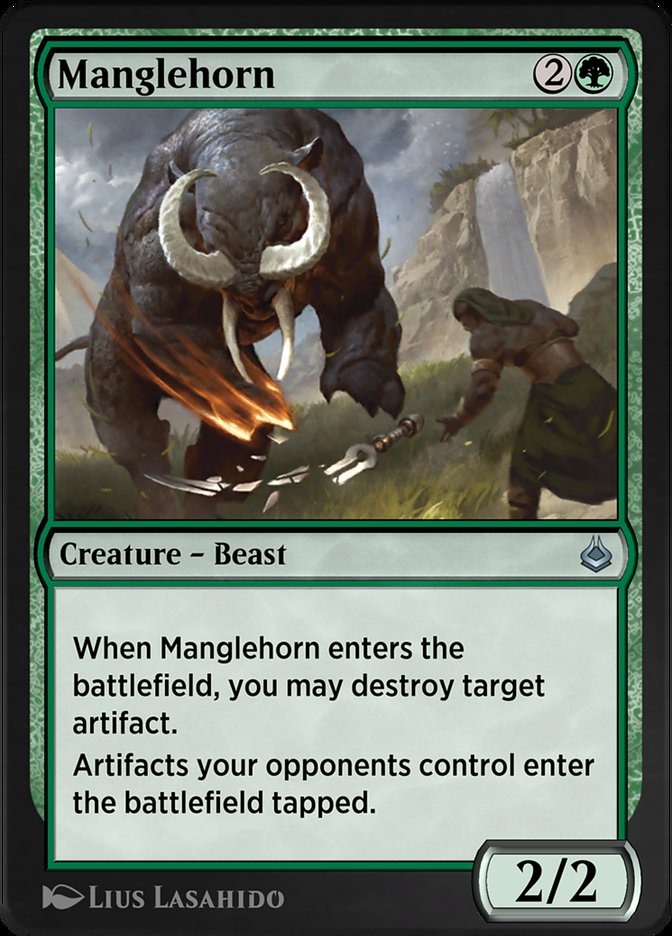

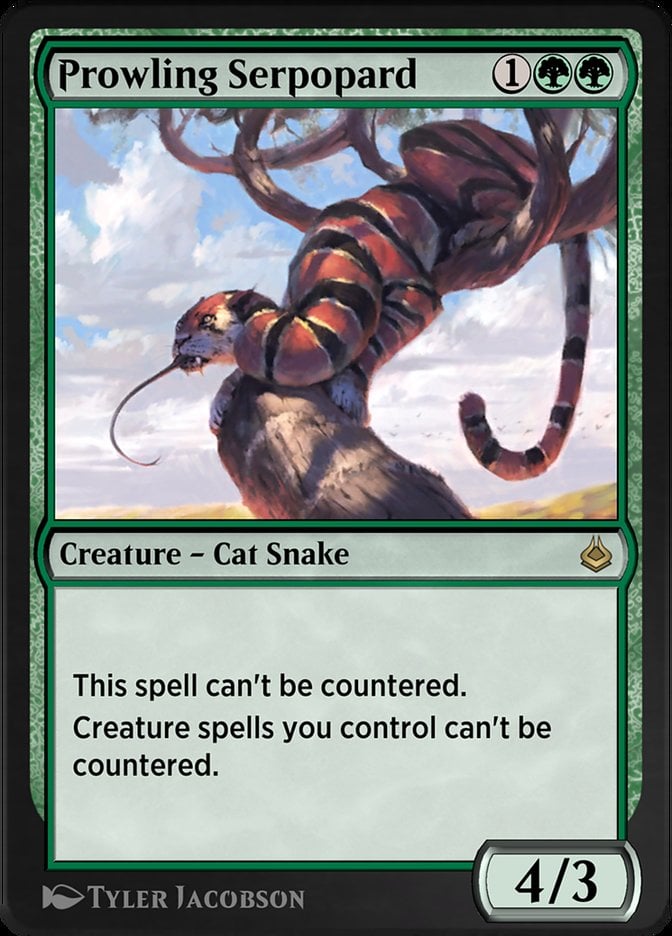

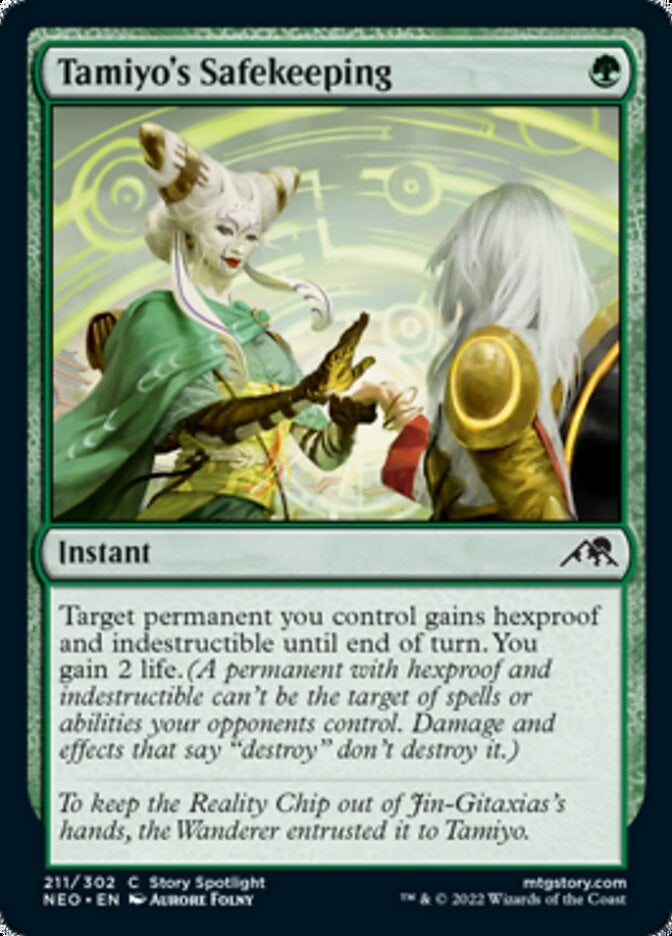
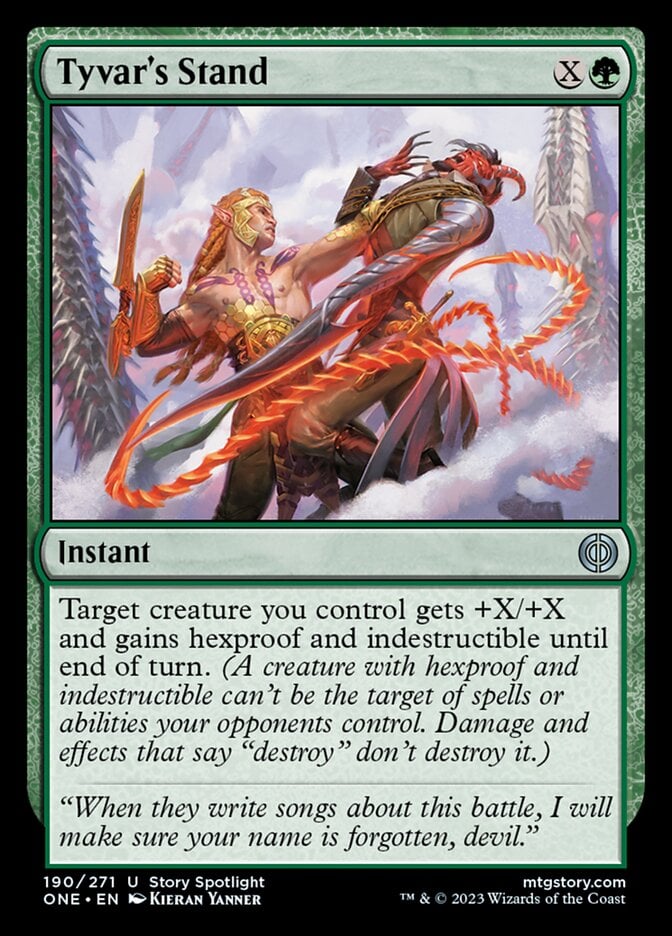
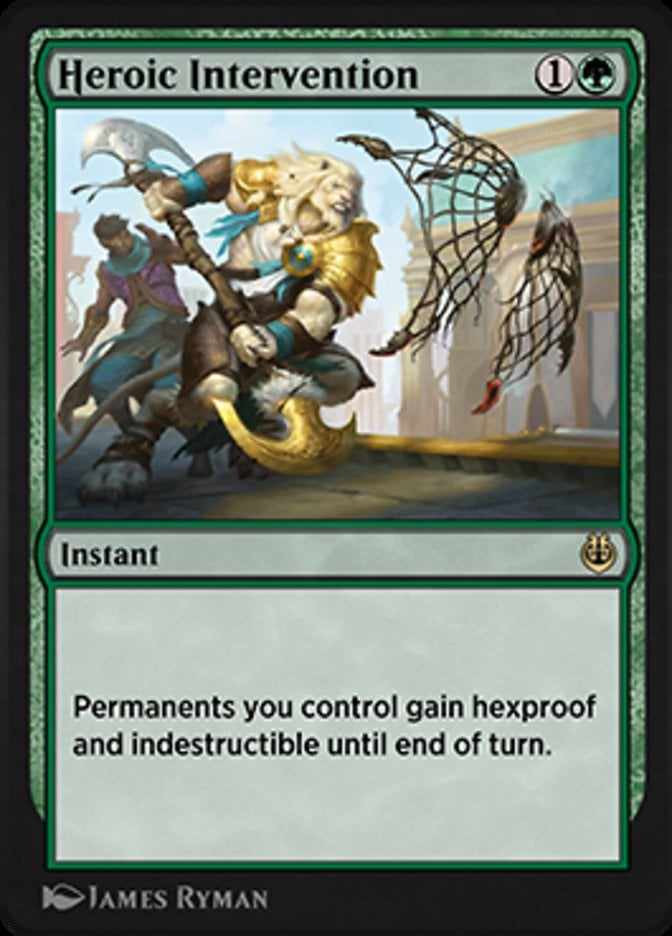



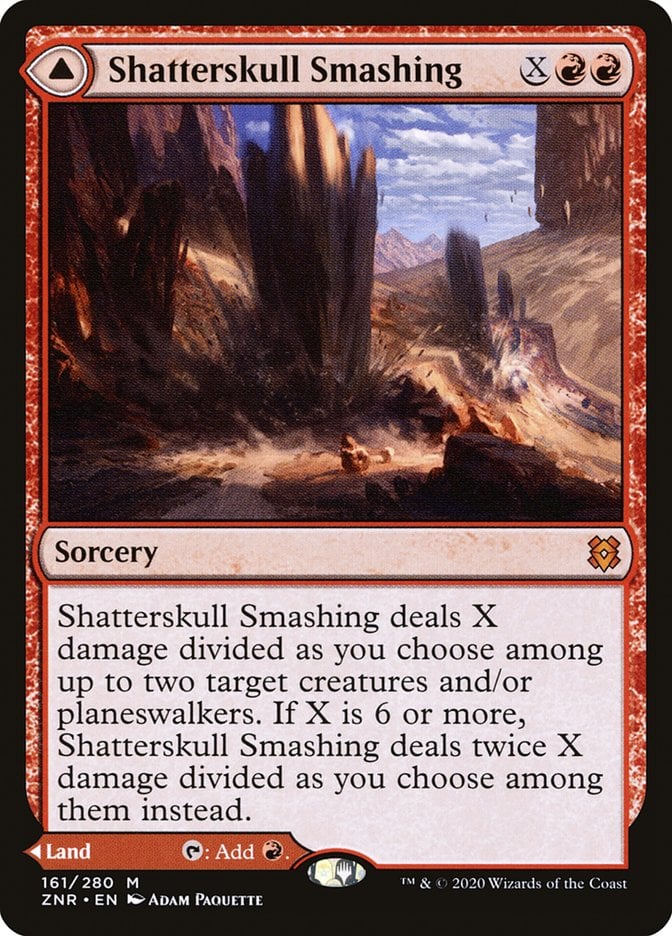

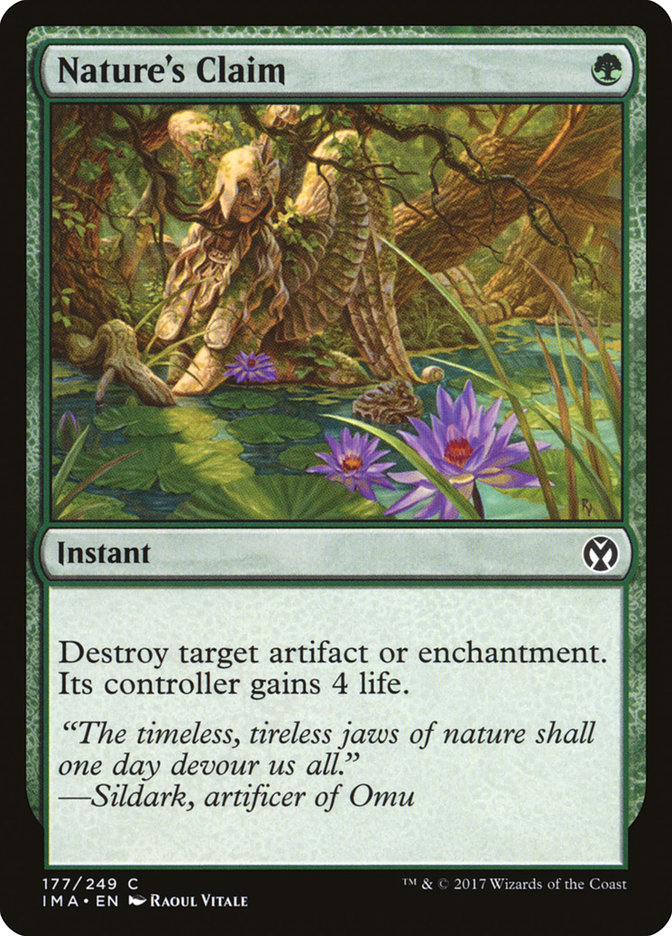
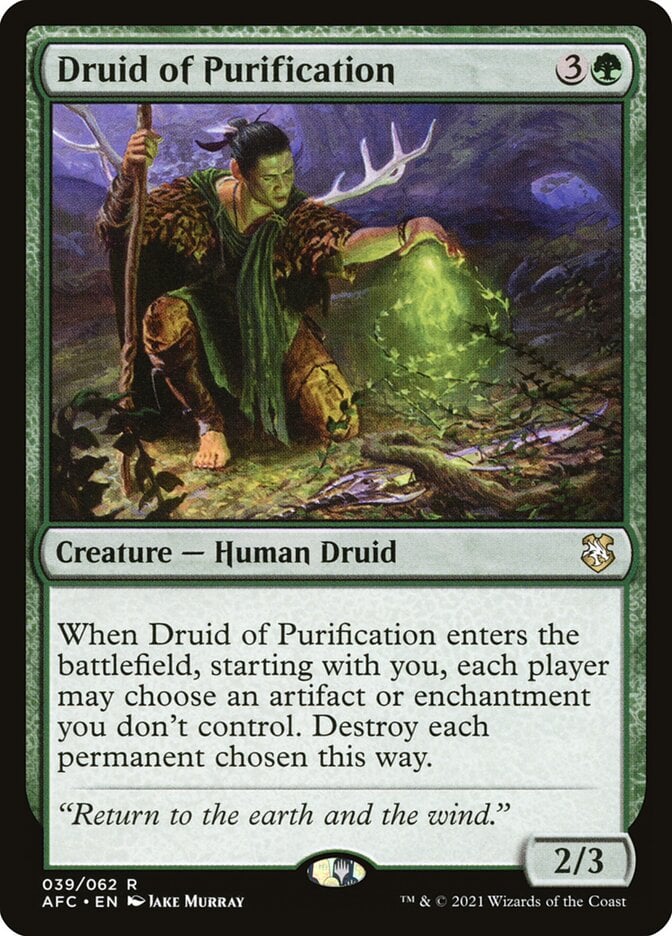


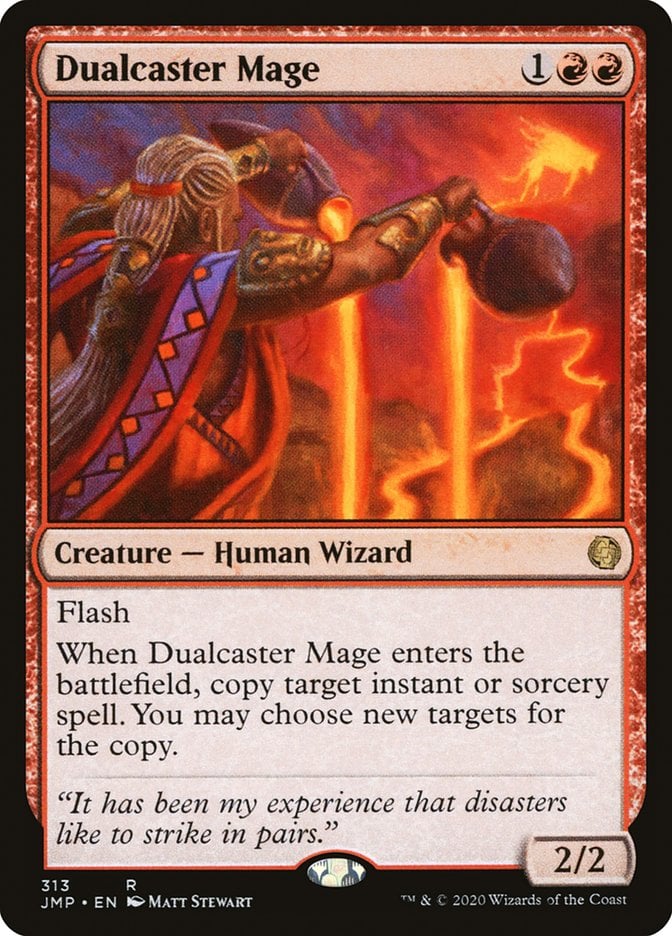
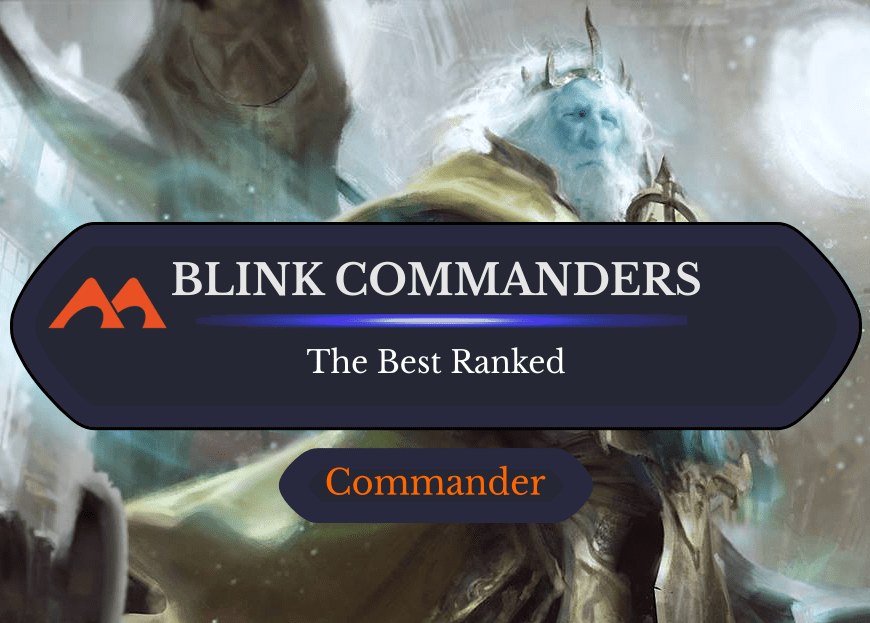
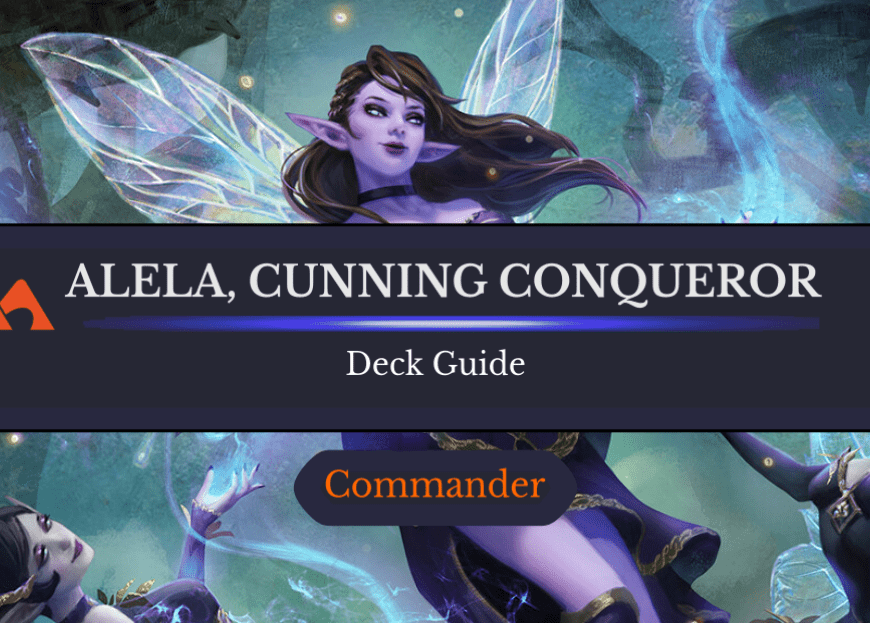
Add Comment